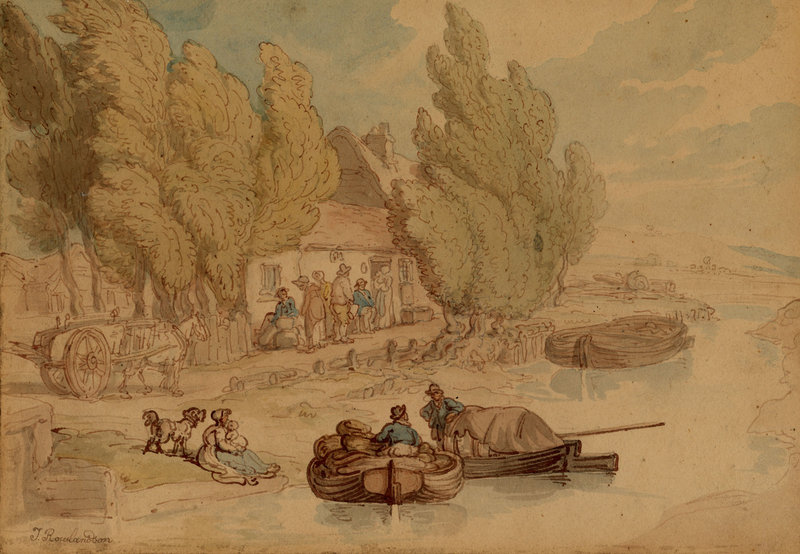PORTLAND – The Portland Museum of Art features an exhibition devoted to European drawings, comprised of 30 works from the museum’s permanent collection and on loan from private collectors. “European Drawings at the Portland Museum of Art” opens Saturday and will remain on view through May 22.
It features masterworks by the finest draughtsmen of the 18th, 19th, and 20th centuries. The exhibition offers the opportunity to see works of art that are rarely exhibited because of the fragile nature of the paper. The exhibition is part of “Where to Draw the Line: The Maine Drawing Project,” a statewide collaboration of 20 arts organizations that will present exhibitions dedicated to the medium of drawing throughout 2011.
From portraits and figure studies to landscapes and architectural studies, the exhibition will showcase a spectrum of styles, ranging from an 18th-century caricature to elegant architectural designs, and will demonstrate how drawings were used for many purposes. The exhibition will highlight the work of French artists such as Jean Francois Millet and Honore Daumier, among others; British masters such as architectural draughtsman Samuel Prout; and German Expressionists including George Grosz.
“European Drawings” also will feature a gift from John Whitney Payson to the museum in 1997, “Portrait of the Honorable Frederick Sylvester North Douglas, Son of Lord and Lady Glenbervie” (1815) by Jean-Auguste-Dominique Ingres. Considered one of the most formidable draughtsmen of his time, Ingres deftly deployed his mastery of line in this elegant portrait of a young British nobleman on the Grand Tour.
Completed in Rome, the drawing dates from an important period in Ingres’ lifetime, considered by many scholars as the apogee of his career. The exhibition will also include a drawing by British artist Edward Lear, which is a recent gift to the museum. Lear was not only a distinguished draughtsman, but he also gained fame as the author of the “Owl and the Pussycat.” He traveled widely, creating numerous landscape drawings which he carefully annotated. The drawing dates from the time Lear spent traveling around the Mediterranean, where he was particularly struck by the forests of pine trees.
“Where to Draw the Line: The Maine Drawing Project” is organized by a consortium of art organizations across the state. For more information, visit www.themainedrawingproject.org.
Copy the Story Link
Send questions/comments to the editors.



Success. Please wait for the page to reload. If the page does not reload within 5 seconds, please refresh the page.
Enter your email and password to access comments.
Hi, to comment on stories you must . This profile is in addition to your subscription and website login.
Already have a commenting profile? .
Invalid username/password.
Please check your email to confirm and complete your registration.
Only subscribers are eligible to post comments. Please subscribe or login first for digital access. Here’s why.
Use the form below to reset your password. When you've submitted your account email, we will send an email with a reset code.